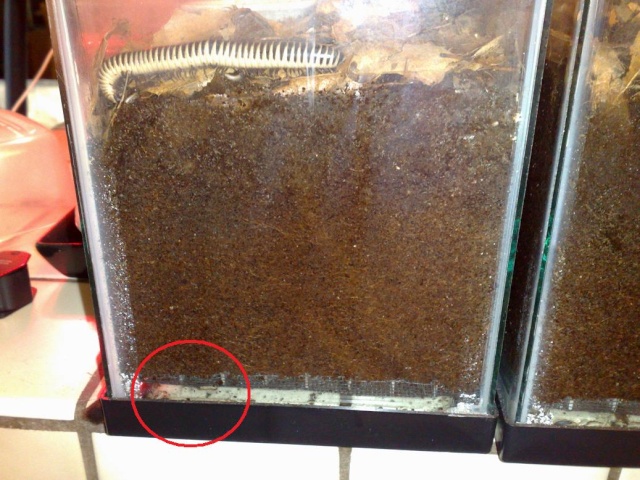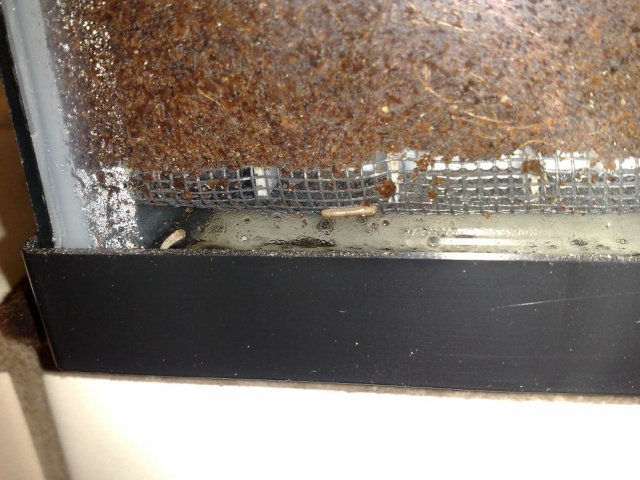- Joined
- Aug 30, 2012
- Messages
- 546
I currently have 6 Tylobolus uncigerus that are are from 2.5" to close to 4" in length.
They would be in a 10 gallon tank(I would switch to a 15 gallon or a 20 gallon if I have to) with 2 bark hides, some climbing sticks, moss, and coco fiber substrate with a layer of leaves and rotting wood that has been microwaved on top. It would have a false bottom setup, with small straws as hydration tubes.
I have been doing some research, and have chosen these millipedes(found on Ken The Bug Guy, Bugs In Cyberspace, Tarantula Inc. sites) to be added to the enclosure. But I needed some help on choosing some that are definitely a good choice, and those that I have chosen that aren't a good choice. I am also hoping them to breed in the enclosure, if they don't eat their eggs.
These are the millipedes:
Narceus americanus
Orthoporus ornatus
Orthopotus texicolens
Chicobolus spinigerus(ebony & ivory)
Anadenobolus monilicornis
Trigoniulus corallinus
Florida Scarlet Millipede(isn't the t. Corallinus the same as the florida scarlet millipede? Ken the bug guy has them separate.)
Rainbow Millipedes(Thai or vietnamese)
These I may buy in the future:
Spirostreptus spp
Archispirostreptus gigas
Thanks. (sorry for being such a n00b)
They would be in a 10 gallon tank(I would switch to a 15 gallon or a 20 gallon if I have to) with 2 bark hides, some climbing sticks, moss, and coco fiber substrate with a layer of leaves and rotting wood that has been microwaved on top. It would have a false bottom setup, with small straws as hydration tubes.
I have been doing some research, and have chosen these millipedes(found on Ken The Bug Guy, Bugs In Cyberspace, Tarantula Inc. sites) to be added to the enclosure. But I needed some help on choosing some that are definitely a good choice, and those that I have chosen that aren't a good choice. I am also hoping them to breed in the enclosure, if they don't eat their eggs.
These are the millipedes:
Narceus americanus
Orthoporus ornatus
Orthopotus texicolens
Chicobolus spinigerus(ebony & ivory)
Anadenobolus monilicornis
Trigoniulus corallinus
Florida Scarlet Millipede(isn't the t. Corallinus the same as the florida scarlet millipede? Ken the bug guy has them separate.)
Rainbow Millipedes(Thai or vietnamese)
These I may buy in the future:
Spirostreptus spp
Archispirostreptus gigas
Thanks. (sorry for being such a n00b)


